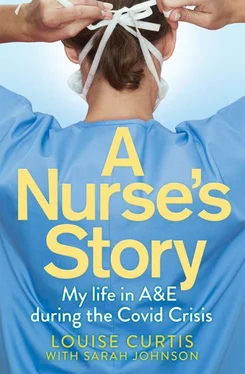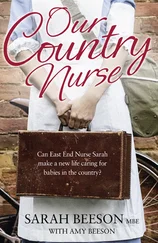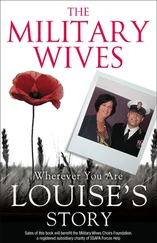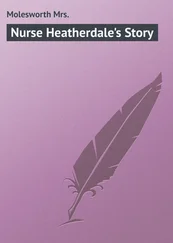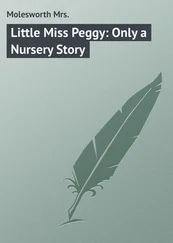A lot of the consultants are married to anaesthetists or occupational therapists or other doctors within A&E and across the hospital. Romance is rife. I’d go so far as to say that if you’ve not cemented a relationship before starting work in A&E, you’re guaranteed to fall in love on the job.
There are a deal of positives associated with going out with someone who works in healthcare. I often get frustrated with my husband; sometimes he’ll ask how my day was, but he doesn’t understand half of what I go through and he never will. Likewise, I will never know what goes on in his job. Sometimes that is difficult because I can’t emotionally offload onto him. Someone working in healthcare will know what you mean and how you’re feeling after you say a couple of words, sometimes. But then when you’re in a relationship with another healthcare professional, you never really get away from work and sometimes Ed can provide a different perspective. There are arguments both ways.
On my final shift before a week off, I was in isolation again. An elderly patient arrived who was very frail indeed. His blood pressure was so low that it was unrecordable and his oxygen saturations were at 56 per cent when the ambulance crew arrived at his care home. He looked as pale as the white bed sheet he was lying on. He was going to die. The care home was informing the family, but otherwise he was on his own. We made him comfortable, brushed his hair, mopped his forehead and held a wet sponge to his lips and then made plans for him to be transferred up to one of the wards so he could be in a more peaceful environment. One of the staff members up there would be free to take time to be with him in his final moments.
Seconds later, seven patients arrived all at once. They all looked terrible. These were more people that had held out at home and come to us in A&E later than we would have liked. There were only three clinicians on the unit, including me, so we quickly darted from patient to patient, ordering investigations and getting the ball rolling with their treatment. I got to a good point and sat down to write my patient’s notes up when one of my nursing colleagues tapped me on the shoulder.
‘Louise, do you know when someone will be available to see the next patient?’
‘It surely can’t be me. I’ve just seen a patient and am already rushed off my feet.’
‘I think someone needs to see this patient as soon as possible,’ she continued. ‘She looks unwell.’
‘How unwell are we talking?’ I asked, desperately trying to input my notes into the computer system while simultaneously trying to order various tests.
‘Just turn around, Louise.’
I did so reluctantly because I really wanted to get one job finished without being interrupted so I could move on to the next.
‘Oh my God! She’s trying to die.’
My notes had to wait. I rushed over.
‘Get the defibrillator pads on her, she looks like she’s about to arrest,’ I told my colleague.
A woman lay before me, hardly breathing. I looked at her notes. She was only in her fifties. She was apparently fine yesterday, but started with ‘a bit of a cough’ in the evening. Her blood gas showed she was in respiratory failure. I got flashbacks to when Shirley deteriorated in the space of fifteen minutes in my care and I had to send her to intensive care to be intubated. She had survived, but would I be as lucky a second time? Fears of not being competent or confident enough flooded my mind again. I started to panic. I’d just seen another patient who was sick and dying. This one was about to arrest. I felt so overwhelmed.
I reminded myself to go back to basics. A for airway. My patient was hardly breathing and I couldn’t do much about it, so it was time to call intensive care. I read out the gas result and that was enough to send them on their way down. They knew we couldn’t have patients in the department a second longer than they needed to be because of the threat of overcrowding and the need to keep everyone socially distanced. They swooped in and took the patient away to be intubated. I sat back down to finish my notes.
Another patient’s X-ray came back looking like he had Covid-19. He needed oxygen. I rang his next of kin, his son, to discuss the possibility of a DNAR because he was frail and elderly with a whole host of other health problems.
It was difficult to have these sorts of conversations over the phone. I hadn’t had to have many like this up until this point as it was usually left up to my colleagues on the wards who had more time to talk to people and explain everything. Over the phone, I couldn’t see the person I was talking to or read their eyes and body language. Patients’ relatives get understandably anxious. People are worried about A&E as it is, it has life or death connotations that make people panic. On top of that, there was the pandemic, and people couldn’t see their loved ones in hospital.
This relative was angry. He’d taken his father into hospital for an unrelated issue a few weeks before. It appeared as though he had caught the virus either there or in the interim. First I had to diffuse that anger. I could empathize with his situation and so managed to bring him down from boiling to a point where I could explain what was happening. Then I had to drop the bombshell that we wouldn’t be attempting resuscitation on his father. Luckily he was understanding and open to the discussion. It was still ridiculously hard to have this conversation over the phone, though.
Although it went well, I was all too aware it could have gone very differently. I was also reminded of how many more DNARs we had been filling out since the pandemic had begun. The chances of recovering from Covid when someone was elderly were very slim and it was so important to keep the family in the loop and involved at every step of their care, even if we had to do it over the phone. In some cases, the person didn’t have any family and so they were alone.
At that moment, I suddenly felt a pang of sympathy for my colleagues in intensive care and on the wards. There have always been people who have died alone, but there were so many more at the moment. Those who were end-of-life were granted permission to have one visitor but some relatives didn’t want to come into hospital for fear of catching the virus and because they were also vulnerable. I could understand as although they would be in full PPE, they didn’t have the training or the experience that we had undergone in order to learn about how to put it on and take it off properly.
It was often left to the nurses to sit with patients for hours while they died and they were doing this more than normal. People enter the nursing profession to help, cure and make people better. Of course, death is a part of the job, but no one wants to deal with it day in, day out.
I’d been so busy that I’d hardly had time to follow up on another patient who had turned up with all the others. ‘I’ve been feeling intermittently short of breath for the past three months,’ she told me when I first saw her.
‘And how have you been affected? Would you be able to tell me what impact your breathlessness has had on your daily life please?’
‘Oh, it hasn’t stopped me from doing anything. It hasn’t really bothered me to be honest.’
‘OK, and what are you hoping to get from us in A&E today?’
‘I just thought I’d come to get checked out.’
I had sent her off for a chest X-ray, which had come back looking fine. Amid all the chaos, she had told one of my nursing colleagues that she wanted to leave. That was fine by me. I told my colleague to give her the appropriate advice on when to come back. I wondered whether seeing and hearing all the commotion had put her situation into perspective.
My next patient had suddenly become short of breath that morning and had woken up because of it. I listened to his chest and ordered a chest X-ray, which confirmed he had a pneumothorax. This, and not Covid, was the reason for his breathlessness, so I sent him to the cold area for colleagues there to insert a chest drain.
Читать дальше
